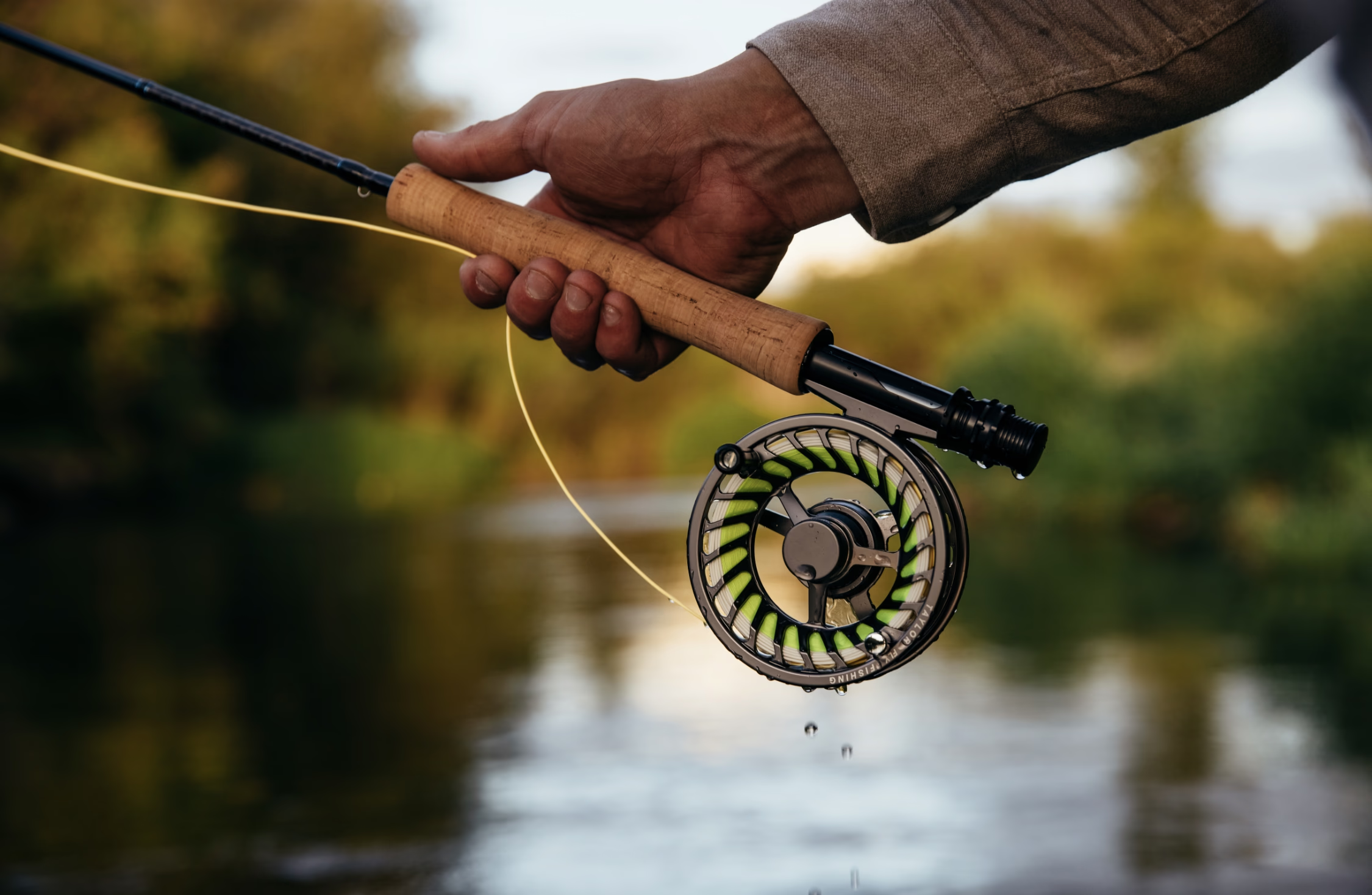Understanding the Differences Between Lightweight and Heavy Rods
Selecting the Best fly fishing rods requires understanding the fundamental differences between lightweight and heavy options. Lightweight rods are designed for delicate presentations and finesse fishing, allowing anglers to cast small flies with precision. These rods are ideal for trout streams, small rivers, and situations where stealth is essential. On the other hand, heavy rods provide the power needed to cast larger flies and handle bigger fish species such as bass, pike, or salmon. Choosing between these options depends on your target species, fishing environment, and personal preference.
Advantages of Lightweight Fly Fishing Rods
Lightweight fly fishing rods offer several benefits for anglers who prioritize finesse and accuracy. They are easier to handle over long periods, reducing fatigue during extended fishing trips. These rods allow for delicate presentations, which is crucial when targeting wary fish in clear or shallow waters. Additionally, lightweight rods excel in casting small flies over short distances, making them perfect for streams with limited space for casting. For anglers who enjoy the art of precision fishing, lightweight rods can enhance the overall experience and improve catch rates.
Advantages of Heavy Fly Fishing Rods
Heavy fly fishing rods are designed for situations where power and control are essential. These rods allow anglers to cast large flies and handle strong currents or windy conditions with ease. Heavy rods are particularly effective when fishing for larger species, as they provide the backbone needed to fight and land powerful fish. They also enable longer casts, which can be advantageous in lakes, rivers, or coastal waters. While they may require more strength and skill to use effectively, heavy rods offer versatility and confidence when targeting bigger fish or fishing in challenging conditions.
Factors to Consider When Choosing the Right Rod
When selecting the Best fly fishing rods, several factors should influence your decision. The type of water you fish in is crucial; small streams often favor lightweight rods, while larger rivers or lakes may require heavier options. Consider the species you intend to target, as larger fish necessitate rods with more power. Casting distance and technique also play a role, as lightweight rods excel in short, precise casts, whereas heavy rods are better suited for long-distance casting. Personal comfort and experience should not be overlooked, as using a rod that matches your strength and skill level can significantly impact your fishing success.
Material and Construction Differences
The construction of fly fishing rods has evolved, with materials such as graphite, fiberglass, and composite blends shaping performance. Lightweight rods are often made from high-modulus graphite, offering sensitivity and quick action for precise casts. Heavy rods may incorporate fiberglass or composite materials to provide durability and strength. Understanding how materials affect rod action, weight, and flexibility is key to selecting the Best fly fishing rods. High-quality construction ensures longevity and consistent performance, making your investment worthwhile.
Matching Rod Action to Fishing Style
Rod action describes how a rod bends when pressure is applied and influences casting technique. Fast-action rods bend near the tip and provide power for long casts and larger flies, typically found in heavy rods. Medium or slow-action rods bend more evenly and are suitable for lightweight rods, offering smooth casts and delicate presentations. Selecting the right action complements your fishing style and ensures that the rod performs efficiently under various conditions, enhancing your overall angling experience.
Tips for Maintaining Your Fly Fishing Rods
Maintaining your fly fishing rods is essential to preserve performance and longevity. Always rinse rods with fresh water after use, especially when fishing in saltwater environments. Check guides and ferrules for damage and apply a light coat of rod-specific oil to protect joints. Store rods in a protective tube or case to prevent bending or breakage. Regular maintenance ensures that your Best fly fishing rods remain reliable and perform at their peak, whether you favor lightweight finesse or heavy power rods.
Conclusion
Choosing between lightweight and heavy fly fishing rods ultimately comes down to understanding your fishing environment, target species, and personal preferences. Lightweight rods provide precision and finesse, ideal for small streams and cautious fish, while heavy rods offer power and versatility for larger species and challenging conditions. By considering material, action, and maintenance, you can select the Best fly fishing rods tailored to your style and needs, ensuring an enjoyable and successful fly fishing experience.
